Mayor’s Blog – Broadchurch, Eyesight, Food Hub and Housing –
BLOG 110 – BROADCHURCH, EYESIGHT, FOOD HUB AND HOUSING
BROADCHURCH 10th ANNIVERSARY
March 4th marks the 10th anniversary of the broadcast of the first episode of Broadchurch the start studded multi award winning crime thriller set in West Bay and written by Bridport resident Chris Chibnall.
I spent Friday morning with Radio Solent Presenter Steve Harris at the Bridport Arms from which his ‘Breakfast in Dorset’ weekday show was being broadcast in celebration of the Broadchurch anniversary. Apart from having the opportunity to share experiences of the filming, watching and subsequent impact the series had on Bridport and West Bay I had a fascinating insight into how the programme is put together and broadcast.
Sitting opposite Steve with the live broadcast going out on my headphones, and in between my interviews listening to the the people in the studio lining up the links, pre recorded pieces, music, jingles, and the news, weather and traffic reports made me realise how complex the behind the scenes activity is to achieve a slick and seamless experience for listeners.

You can watch the iconic series again on ITVX or click HERE to watch it now.
Where were you when the first episode of Broadchurch was broadcast?
What do you remember of the filming of the series in West Bay?
Did you meet any of the stars?
IS YOUR VISION ROADWORTHY?
The following information from Dorset Police about eyesight and driving dropped into my inbox this week. It makes for interesting reading.
All this week, Dorset Police is supporting the National Police Chiefs’ Council campaign, ‘Is Your Vision Roadworthy?’, which highlights motorists’ legal obligation to make sure their vision is sufficient when behind the wheel.
Over a five-year period between 2013 and 2017, the DVLA received 857,896 health notifications relating to changes in eyesight.
Inspector Craig Tatton, of the Dorset Police traffic unit, said: “We’re supporting the ‘Is Your Vision Roadworthy’ campaign which aims to reduce collisions on our roads.“
“The majority of the information needed by drivers on the roads is visual, so it’s really important that motorists have regular eye tests as vision can decline gradually over time.”
“Eye experts recommend all motorists have their eyes tested every two years, unless advised otherwise by their optician.”
“Most drivers know that worn or defective tyres on their vehicle can result in a fine and penalty points. However, some drivers don’t realise that driving with poor eyesight can result in a fine of up to £1,000, three penalty points and possible disqualification.”
“We’re urging everyone to make sure they have regular eyesight tests, and to check that friends and older relatives are getting tested regularly too.”
“Drivers who fail to meet the required standards are not only breaking the law; they’re putting themselves and other road users at risk.”
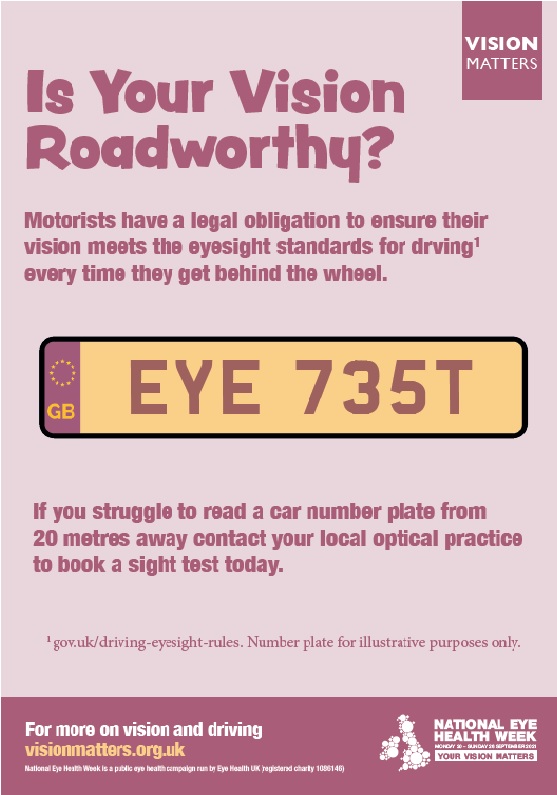
Under legislation known as ‘Cassie’s Law’, drivers who fail a roadside number plate test could have their licence revoked on the spot if a police officer deems them to be unsafe on the road. Since 2013, Dorset Police has revoked 44 licences under this legislation.
Chief Constable Jo Shiner, National Police Chief Constable Lead Roads Policing comments: “Personal responsibility is the starting point for safer roads.
“Making sure your eyesight meets the standards of vision for driving is really important and something only you can do to keep yourself and all other road users safe while driving.”
If you would like to know more about the legal eyesight standards for motorists why attend an ’Is Your Vision Roadworthy?’ webinar at 2pm on 14 March 2023. To register for this free event, which is hosted by TV and radio presenter ValerieSingleton OBE, click HERE.
TAIZE PRAYER
Ruth Jenkins has brought to my notice that Bridport Churches Together will be holding a Taize prayer event at St Swithun’s Church on Sunday 26th March at 4.00pm.
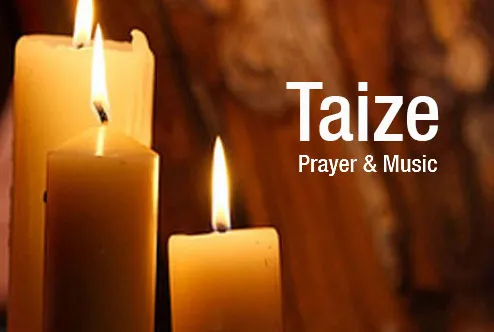
What is Taizé Prayer I hear you ask? Taizé Prayer is evening prayer for all Christian faiths. It is a simple, meditative form of worship, calling us to dwell deeply on Christ’s presence around and within us.
All welcome.
BRIDPORT FOOD HUB
On Thursday evening Bridport Food matters hosted an event at the WI Hall looking at how we can deliver access to food sustainably for all in Bridport. Central to the discussion is the idea of a Food Hub which of which some, non-exclusive, examples of the core provision through which this may be achieved are:
- a social supermarket
- a community café – to be used also as a space for cooking classes, workshops, training, skills and other small-scale community events, arts and crafts and family activities
- a growing club – an outside space to build an edible garden to grow food for the café and supermarket and to use for outside cooking demonstrations
- a zero-waste/refill outlet
- providing a space for families and children for activities such as the arts, play and other family activities.
- information provision and exchange – about sourcing, growing, buying and cooking local produce and good-value, high-quality, healthy food; climate resilience resources and support; and other available community groups, support and services
In order to supply a food hub there is a need for suppliers and there was much discussion about the way in which local growers could supply the Hub. This also included exploring ways in which small parcels of land could be made available to enable growing on a market garden scale rather than farming.
This hub will focus on food security and sustainability – the pressing concerns of the economy and rising cost of living, the need for good health, and environment and climate change. The vision is that food is at the centre of the community cohesion and will help build our town’s resilience. The hub space will be open to all.

The concept was well received by all in the hall, though there are many bridges to cross before the concept becomes a reality not least the finding of suitable premises.
To find out more about Bridport Food Matters and the Community Hub click HERE.
AND FINALLY – THREE ISSUES OF CONCERN TO RESIDENTS
Of the many things people contact me about, there are three which come up far more often Dogs, Housing and Parking. Over three Blogs I am going to try to summarise the concerns raised and attempt to address some of the issues and possible answers associated with them. This week I am looking at:
HOUSING
“Adequate housing was recognised as part of the right to an adequate standard of living in the 1948 Universal Declaration of Human Rights and in the 1966 International Covenant on Economic, Social and Cultural Rights. Other international human rights treaties have since recognised or referred to the right to adequate housing or some elements of it, such as the protection of one’s home and privacy.’ UN Habitat ‘ The right to Adequate Housing”
When people speak to me about housing issues in Bridport their concerns fall into the following broad groups:
- The number of new houses proposed for Bridport and the associated local infrastructure impacts.
- A planning application next door
- Issues relating to the rejection of a planning application on conservation grounds.
- Affordable Housing
- Second Homes
Oversight of housing in Bridport lies with Dorset Council. Decisions associated with all planning applications in Bridport whether it be for a small extension or a large new estate of houses rests with Dorset Council. Bridport Town Council (BTC) is invited to comment on planning applications just as immediate neighbours and the general public are able to do so and their comments are taken in to consideration when the Dorset Council Planning Committee meets to make the ultimate decision as to whether it can go ahead or not.
It is fair to say that there occasions when a planning application BTC approves is rejected by Dorset Council and occasions when the opposite applies. Decisions are arrived at are based on The National Planning Policy Framework (NPPF). You can read the full NPPF document HERE.
The NPPF sets out the Government’s current planning policies for England and how these should be applied. The NPPF provides a framework within which locally-prepared plans for housing and other development can be produced and assessed. Fundamentally the purpose of the planning system is to contribute to the achievement of sustainable development.
The allocation of new housing developments across England is part of a central government national housing strategy. Local Authorities such as Dorset Council are then required to produce Local Plans to allocate new housing within their jurisdiction. At a local level Neighbourhood Plans provide a means of shaping developments within their jurisdiction. The Bridport Area Neighbourhood Plan 2020 – 2036 was made in 2020, after five years of public consultation, and can be viewed HERE .
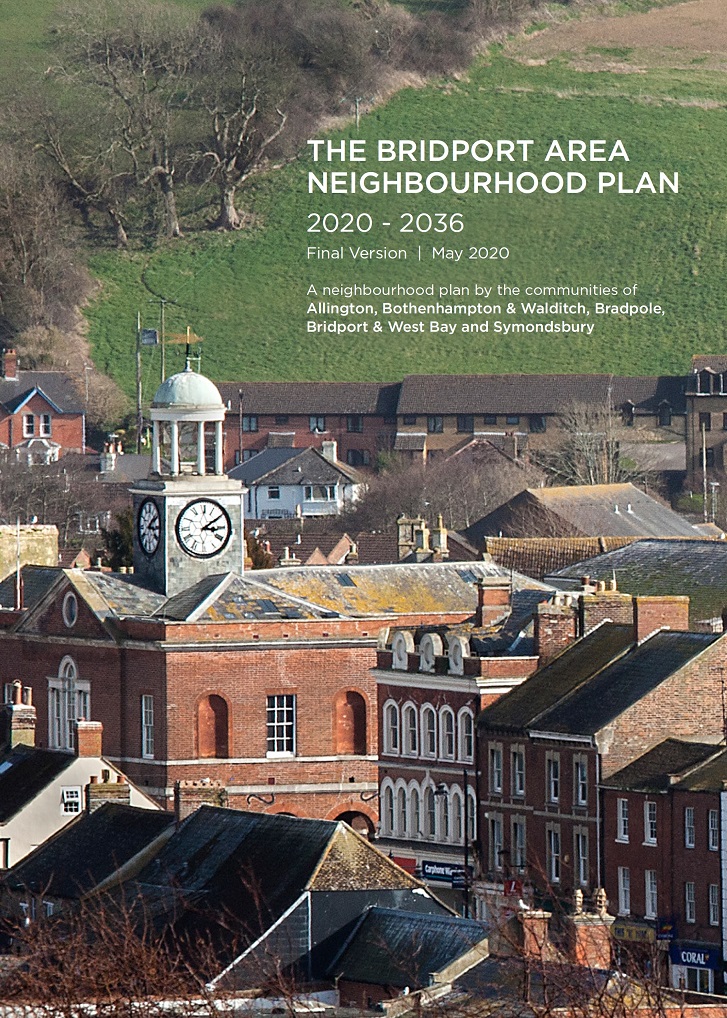
fConcern over the number of proposed new houses in Bridport was one of the key points raised in response to Dorset Council’s draft local plan.
A public consultation on the draft local plan – which will shape development across Dorset for the next 16 years – took place in early 2021.
More than 50,000 comments on the separate policies were made by some 6,000 respondents and a summary of these has now been published on Dorset Council’s website.
The local plan describes Bridport and the adjoining parishes as playing an “important role as the main service centre” for the western part of the Dorset Council area, with a “significant demand for housing, employment and retail development, including a substantial affordable housing need”.
The main development areas for Bridport recognised in the plan include a mixed-use “urban extension” at Vearse Farm (Foundry Lea), with proposals for a total of 930 new homes – 760 of which have already received outline planning permission – as well as local community facilities and employment land.
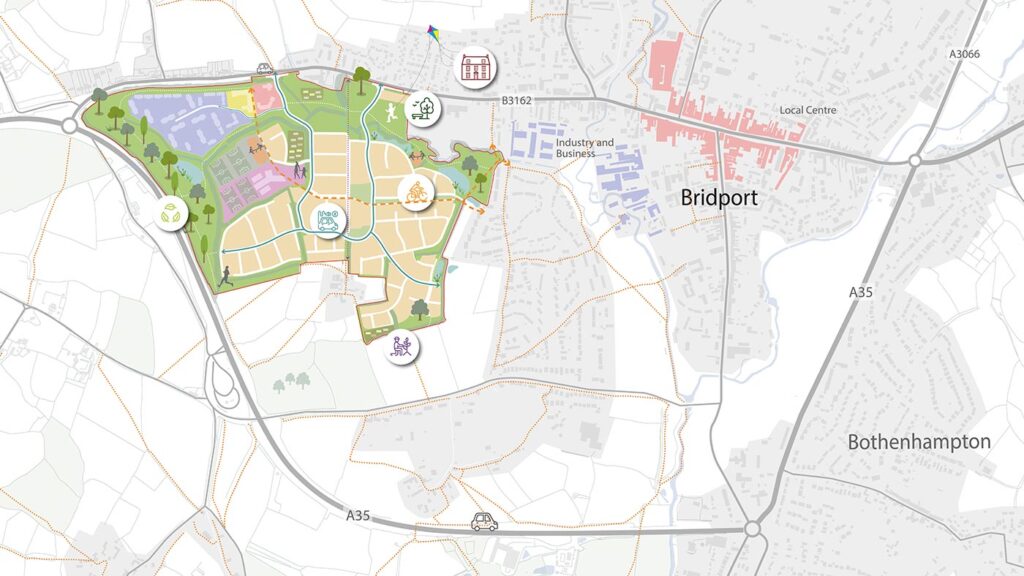
On Wednesday afternoon the consortium of Barratt David Wilson Homes and Countryside Partnerships who will be constructing the houses held a ‘Meet the Builder’ event in Bridport Town Hall where they presented updates on:
- Miles Cross roundabout
- On-site Health and Safety for the purposes of construction and pre commencement activities
- Infrastructure Delivery and Actions to include electricity, surface water, BT and foul sewage
- Planning Application Updates – potential house type changes responding to building regulations
- West Road Landscaping Reinstatement and updates
- Build Programme/Routes of the construction and strategy
- Requisite statutory sign offs from Health and Safety providers, NHBC, Local Authority and Statutory Service Providers
If you were unable to attend the event then all the presentational material that used can be located on the Foundry Lea website, by clicking HERE.
Other potential development areas in Bridport include:
- St Michael’s Trading Estate, with planning permission for 91 new homes and employment land
- Greenfield site adjoining Bridport Community Hospital with planning permission for 53 new homes, as part of a community-led affordable housing project – almost completed.
- Land to the east of Brady Veterinary Centre, off Jessopp Avenue, for 40 potential new homes
- Bridport Gateway Care Village on the former Dorset Council depot off South Street, Flood Lane and the Fisherman’s Arms Day Centre to provide care facilities for 25.
The local plan also identifies areas for future expansion of the town centre, including land at the Rope Walks and the Coach Station car parks, although it recognises the need to retain an appropriate amount of public car parking.
Responses to the public consultation now published on the Dorset Council website include concerns over the level of new housing planned for Bridport.
One respondent commented: “The housing planned for Bridport totals 1,139 dwellings which is 75% of all the houses proposed for the whole of West Dorset. This is a huge focus on Bridport, which is a small market town.”
Another said: “The live UK birth rate has dropped 15.3% since 2012 (Office of National Statistics) so it is not clear why we need thousands of new homes in Bridport.”
The Bridport Area Neighbourhood Plan (BANP) was created by Bridport Town Council and surrounding parish councils and accepted following a local referendum in 2020. It firmly places an emphasis on the need for affordable housing. To read the BANP click HERE.
One respondent to Dorset Council’s consultation said the targets in the BANP had been “woefully missed”, while Bridport Town Council called for a “closer alignment” with the policies set out in the BANP and said it expected all development sites within the BANP area to achieve 35% affordable housing, as set out in its policies.
A summary of consultation responses can be viewed HERE .
Commenting on the responses, Cllr David Walsh, Dorset Council’s portfolio holder for Planning, said: “Officers have given time to every comment that was received during the consultation. We have been given specific details that will help us formulate the plan.We are grateful for everyone who has commented, there are many genuine issues which will be considered going forward.”
Although the timescale for the development of the Dorset Council Local Plan has been extended, evidence gathering has continued. In time the Dorset Council Local Plan will outline the strategy for:
- Providing the growth Dorset needs
- Locating development in suitable places
- Providing community services including schools, retail, leisure, and community facilities
- Ensuring the appropriate character and quality of development
- Protecting the environment, and
- Acting on and adapting to the impacts of climate change.
Full proposals for the Bridport area can be read HERE .
The overwhelming majority of planning applications concern relatively minor alterations and improvements to an existing building and as such they are generally supported by neighbours, Bridport Town Council and ultimately Dorset Council. However, issues such as being overlooked by an extension or loft conversion are typical of the objections raised by neighbouring dwellings and are taken seriously by BTC when considering its response.
There are currently 460 listed buildings in Bridport, which when combined with Conservation Area status covering many parts off the town means an additional level of bureaucracy to negotiate when applying for planning consent. Whilst it is right and proper that we care for our heritage this should not be at the cost of enabling people to live in buildings that are fit for purpose in the twenty-first century.
As a town councillor I find it frustrating when what I perceive to be a perfectly reasonable and sympathetic application to improve a dwelling that is listed or in a conservation area is rejected by the higher authority. For example, replacing single glazed windows with double glazing or adding solar panels in order to make it more habitable and energy efficient. Over time it is noticeable that more planning applications of this type are being approved but there is still a long way to go if we are to improve the current housing stock and meet our carbon reducing obligations and targets.
The question of what is being conserved through Listing and Conservation Areas is, I believe, one that needs to be under constant review and given some regular serious thought in order to make the planning and conservation system fit for purpose. If the aim is to simply preserve in aspic a rose tinted version of ‘Olde England’ that is not a good enough. I fully appreciate that if a building is of sufficient architectural merit it should be preserved in as accurate a state as possible. However, the reality is that buildings are also homes and places of work and need to be able to function efficiently as such. The question is whether the form of the building is of greater importance than its function. Fundamentally if a building is unable to function it will rapidly fall into disuse and disrepair and be lost forever.
The term ‘affordable housing’ is one I find extremely annoying. All houses, even multi million pound ones are affordable by someone. According to the website payscale.com the average income in Bridport is £25k. Figures from the Office for National Statistics (ONS) show that in the year to September 2021, the average house in England and Wales cost around 8.9 times the average income – up from 5.1 times in the year to September 2002. That ratio stands at 11.0 times the average income in Dorset, which is up from 8.7 times in 2003.
Mortgage lenders have an absolute limit set by the UK’s Financial Conduct Authority (FCA) on the number of mortgages they’re allowed to issue at more than 4.5 times an individual’s income. (Or 4.5 times the joint income on a combined application). On that basis if someone on a Bridport average salary only has access to a £112.5k mortgage what chance does someone on a less than average salary have of purchasing their own home? Affordable homes are clearly not affordable for huge numbers of people living in Bridport.
Until central government changes its stance on building true social housing as oposed to affordable housing as an integral part of any new development vast numbers of people are going to continue to be denied access to modern efficient homes.
When producing the Bridport Area Neighbourhood Plan one of the issues that people hoped the plan would address was second homes. At that time the number of second homes in Bridport was well below the threshold needed to enable a clause in the finished plan relating to second homes to be accepted by the inspector.
Since that time there has been a rise in the number of second homes, and houses used as Airbnbs. A quick look on the Airbnb website brought ups 497 properties for rent in the Bridport area. The rise in second homes compounded by the rise in Airbnb properties clearly has an impact on the local housing market by forcing prices up and reducing the number of permanent homes available. Dorset Council’s Local Plan Second Homes Background paper can be read HERE.
Only this week Dorset Council made a significant decision regarding second homes when cabinet members voted unanimously to adopt the policy to double the council tax on second homes and to implement an empty home surcharge a year earlier. The two measures are likely to bring in an extra £10million a year.
A final decision will be made at a full council meeting in March where it is almost certain to be approved – although the legislation will also have to first be approved by Parliament.
However, even if approved the changes will not affect holiday homes such as Airbnbs in the county which are mostly let out on a commercial basis and pay business rates rather than standard council tax.
In conclusion, achieving good quality housing for all is something which should in principle be very simple to achieve. But as you can see the plethora of legislation associated with it, combined with the vagaries of the free market, makes it perhaps the most difficult and contraversial areas that local authorities and the general public have to wrestle with.
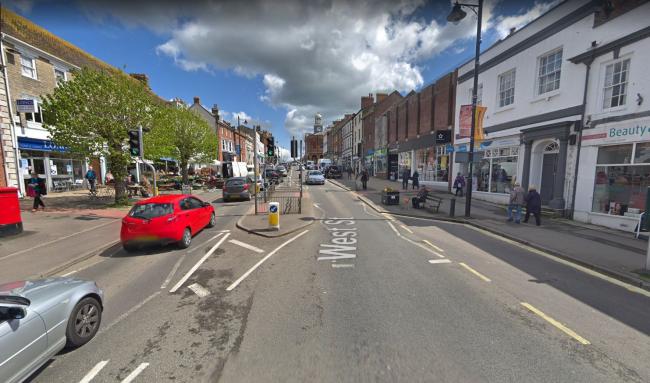
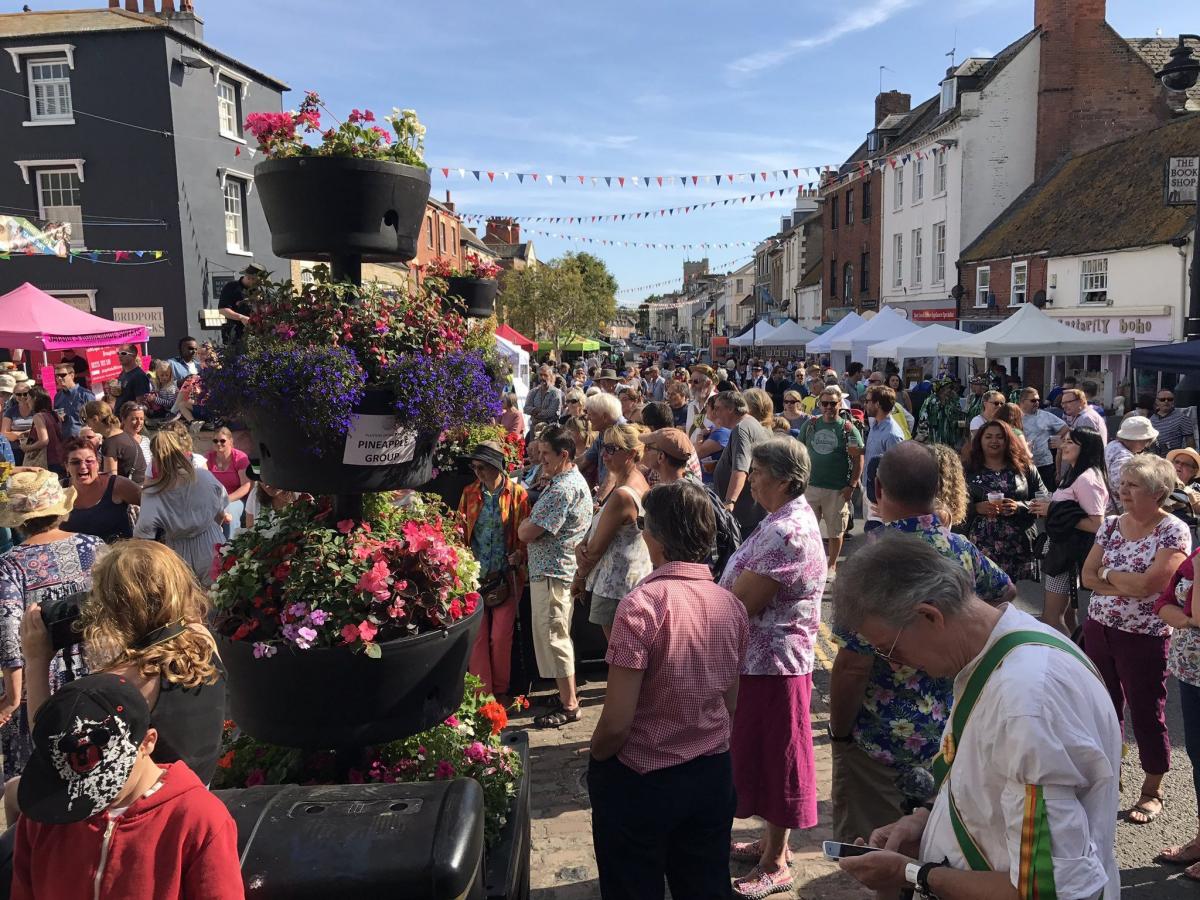
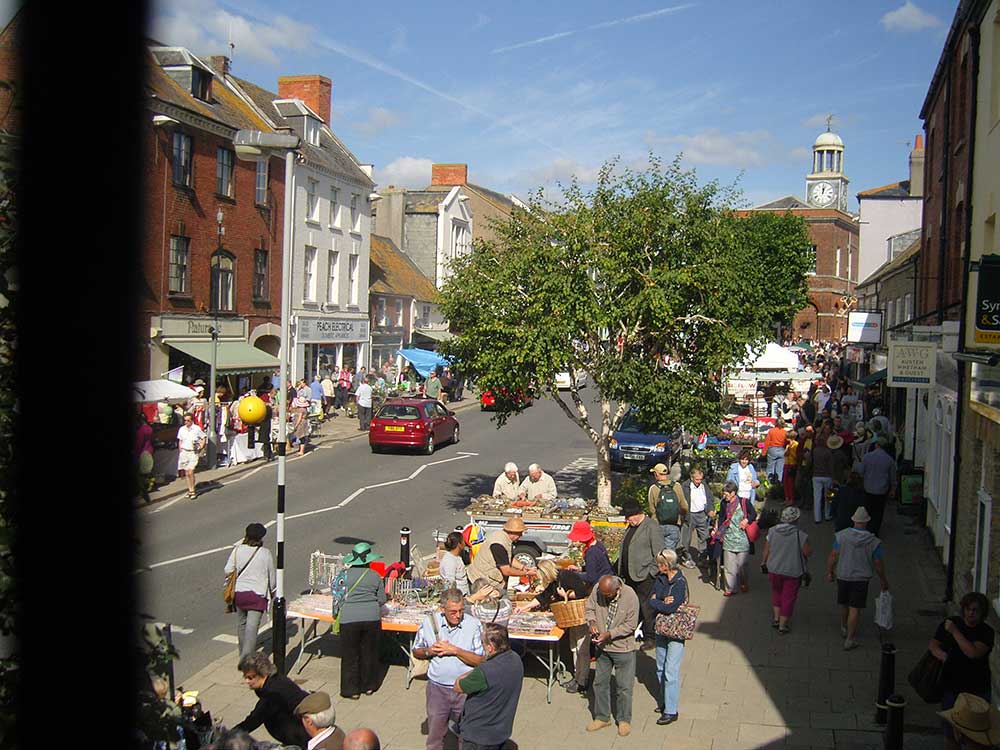
This Post Has 0 Comments